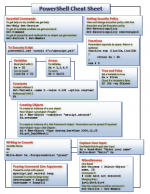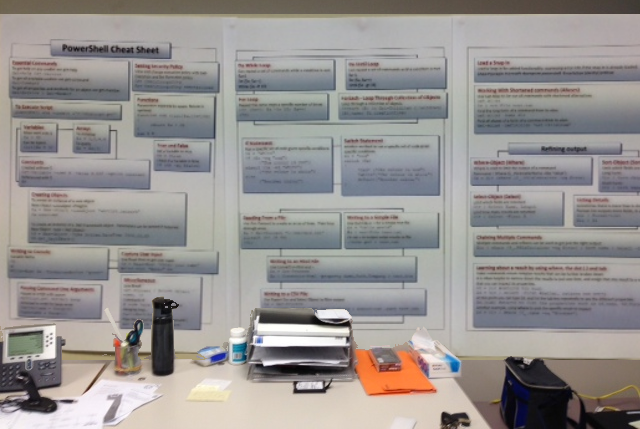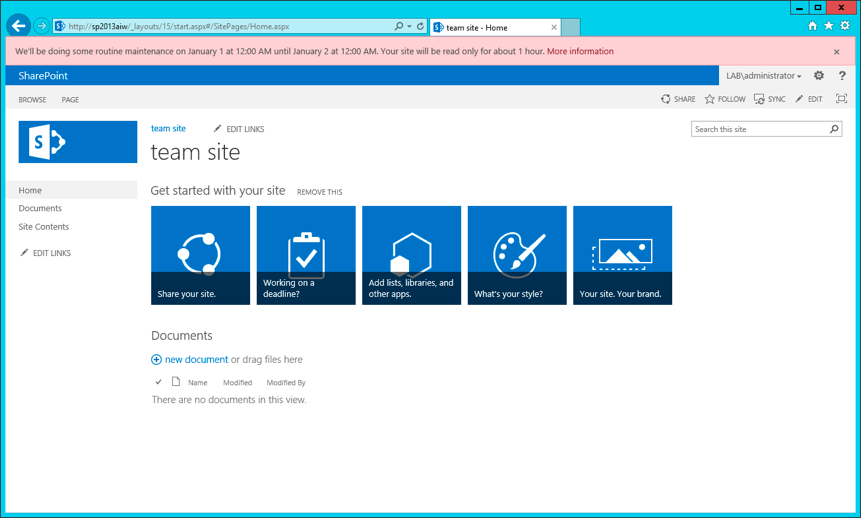I needed to track down all the access DB’s and wasn’t sure how to do it.
One of our developers came up with a script which I modified a bit.
Original credit goes to Ravi Konaparthi for the script.
This script will look for Access Services DB’s in a SharePoint 2010 Farm.
(This version only looks at a given Web application, but you can easily modify it to search everything – have a look at the comments)
$snapin = Get-PSSnapin | Where-Object {$_.Name -eq 'Microsoft.SharePoint.Powershell'}
if ($snapin -eq $null)
{
Write-Host "Loading SharePoint Powershell Snapin"
Add-PSSnapin "Microsoft.SharePoint.Powershell"
}
#Foreach loop to loop through all webs, and compare the web template and write findings to .csv file.
function Get-AccessDB()
{
log "In Get-AccessDB"
$url = getURL
#NOTE - if you want to look at ALL Sites and not just a specific web application, just remove -webapplication $url from the line below.
$sites=Get-SPSite -webapplication $url -limit all
foreach($Site in $sites)
{
log "Inspecting Site $($site.url)"
foreach($web in $site.AllWebs)
{
log "inspecting web $($web.url)"
if ($web.WebTemplate -like "*ACCSRV*")
{
log "Found Access DB in $($web.url)" "Green"
$hash = @{"[URL]"=$web.Url;}
New-Object PSObject -Property $hash | Sort-Object
}
}
$site.Dispose()
}
}
function log($txt, $color)
{
if ($color -eq $null) { $color = "White" }
write-host $txt -foregroundcolor $color
}
function getURL()
{
switch(hostname)
{
"SPDEVPC" {$machineURL = "http://yourDevURL.yoursite.com"}
"SPStagePC" {$machineURL = "https://yourStgURL.yoursite.com"}
"SPProdSrv" {$machineURL = "https://yourProdURL.yoursite.com"}
default {write-host "This should be run from either SPDEVPC, SPSTAGEPC or SPPRodSRV - Press any key to exit this script"; read-host; exit}
}
return $machineURL
}
Get-AccessDB | Export-csv D:\accessdb.csv


